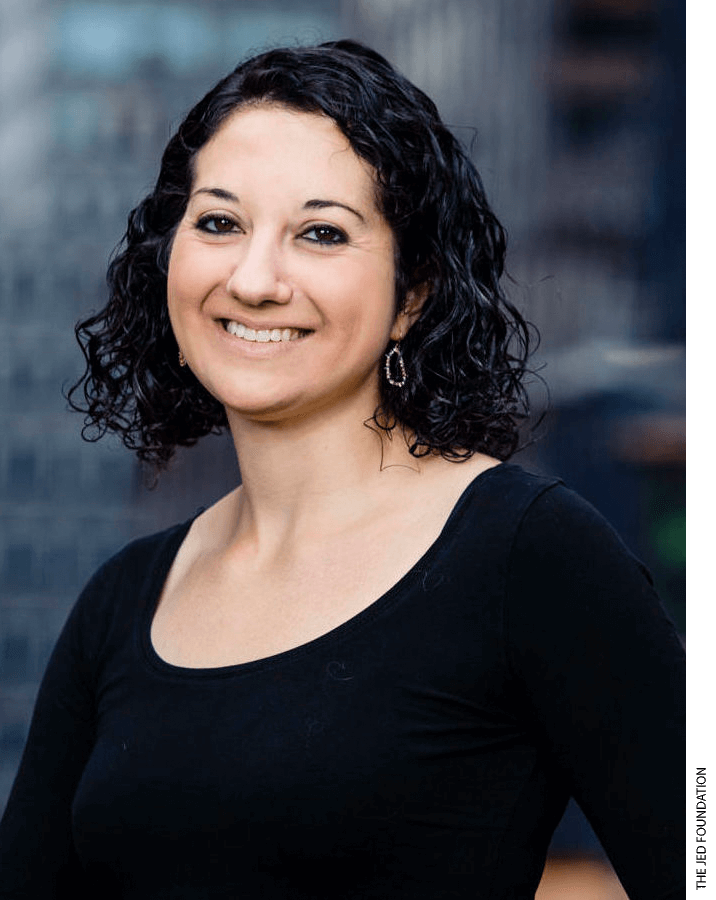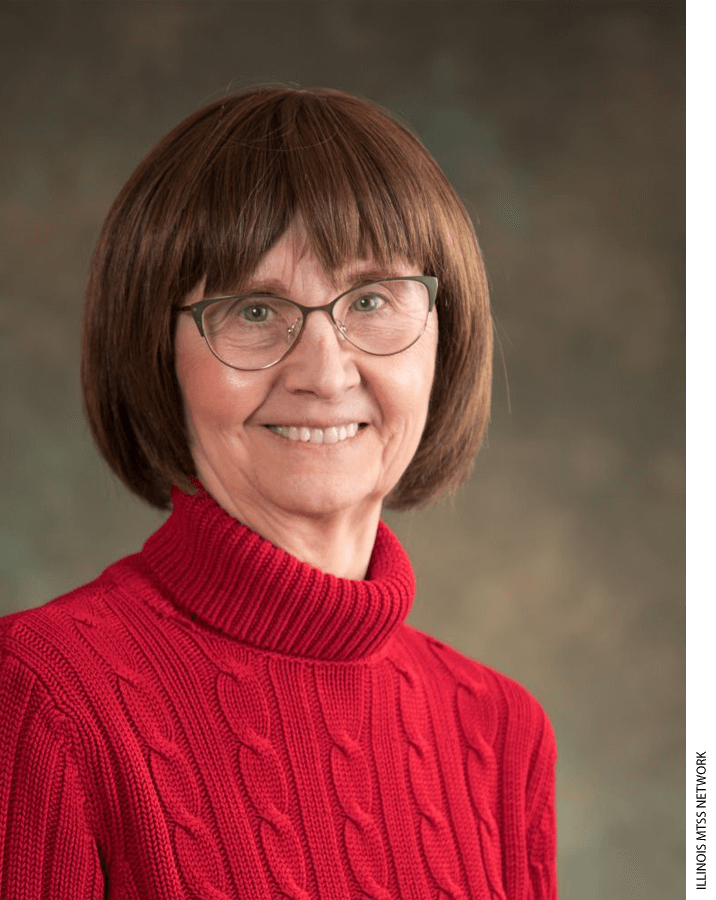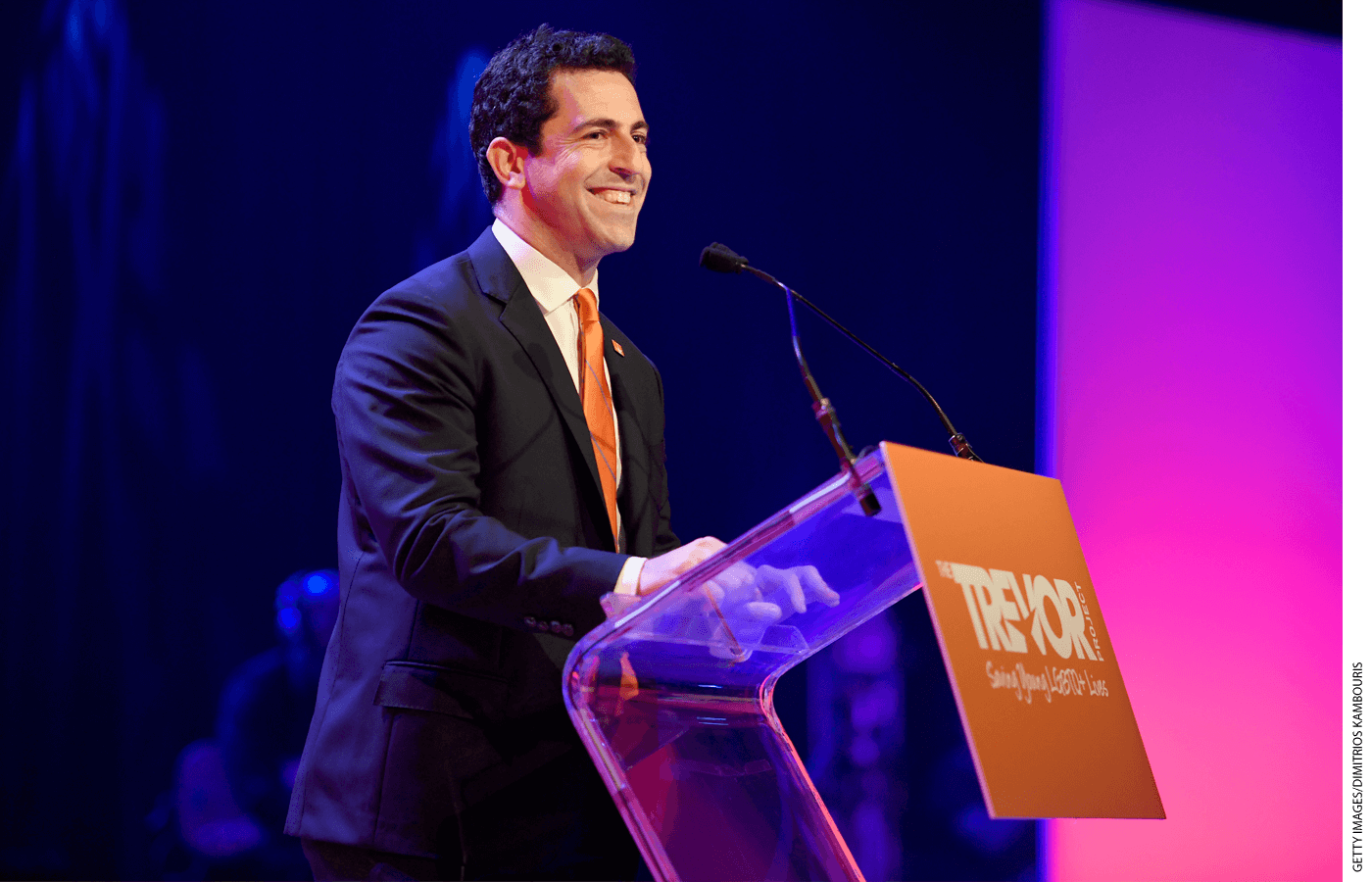
The suicide rate for persons aged 10 to 24 increased nearly 60% over a decade-long span ending in 2018, making suicide the second leading cause of death for teens, the federal Centers for Disease Control and Prevention reports.
A White House fact sheet issued in October 2021 says the Covid-19 pandemic has made matters worse. It cites “alarming rates of behavioral health needs among school-age youth, with significant increases in the number experiencing moderate to severe anxiety and depression.”
”Mental health emergencies among young people have increased across the board. In 2020, there was a 24 percent increase in emergency room visits for mental health reasons for children ages 5 through 11, and a more than a 30 percent increase in visits for those between 12 and 17 years old,” the White House fact sheet says. In October, First Lady Jill Biden and Surgeon General Vivek Murthy visited Michigan for “a listening session focused on youth mental health.”
What, if anything, can schools do about it? Some teachers are skeptical, but experience shows that schools that work at it can make dramatic improvements on this front. With school districts newly awash in federal Covid relief money, the best way to invest in improving mental health is now an urgent, timely policy question. And many researchers and advocates say that if schools ignore student mental health, academic achievement will also suffer.

“Academics and mental health are intimately connected,” said Sara Gorman, director of research and knowledge dissemination at The Jed Foundation, a nonprofit focused on suicide prevention for teens and young adults. “Students suffering with mental health do not do well in school. They do not come to school, perform well, or graduate. There are key educational outcomes schools are looking for, and without addressing mental health, there is no way they will meet these.”
School-based mental health has been building as an issue for decades, but the pandemic and the suicide statistics have brought increased attention.
“The truth is, schools have been the de facto mental health provider for children and young adults for a long time now,” said Patricia Graczyk, an assistant professor of clinical psychology at the University of Illinois at Chicago. She pointed to research conducted over 20 years ago and published in the Clinical Child and Family Psychology Review and Health Affairs journals that found that only one in five students who need mental health services receive them. Among those who do obtain help, 75% receive the services solely through their schools.
Sarah Broome runs a boarding school for at-risk students in Baton Rouge, Louisiana, Thrive Academy. When she founded the public school in 2011, she didn’t initially focus on student mental health. Eventually, she found the school’s first crop of graduates were having trouble when they left the residential school. After a rethink that included implementing professionally run group therapy and a universal screening tool, mental-health emergency-room visits by students at the school, which serves at-risk students, declined to one in a year from 30, even amid the Covid pandemic.
Broome said leaving mental health issues untreated can interfere with student learning. “You can have the best teacher in the world with award-winning skills and the best content that academia has to offer, but they simply cannot and will not be able to make that content land until mental health is addressed.”

A 2016 federal ruling allowed schools to pay for health services with Medicaid funds even if students don’t have an Individual Education Plan under the Individuals with Disabilities Education Act. Louisiana used this rule change to pay for an increase to 214 school-based mental health providers from 27 statewide, Broome said. “Only in the last five to seven years have we focused on this outside of special ed, so there is room to grow,” she said.
Some teachers voice concern about being forced by the new focus on mental health into roles for which they are unprepared. “Teachers are not mental health professionals, counselors, or clergy. They should not be asked—nor is there any reason to expect them—to perform competently in those roles,” wrote Robert Pondiscio, a senior fellow at the American Enterprise Institute. He quoted another teacher, Greg Ashman: “Teachers are not therapists and the more we venture into an area for which we are not trained, the greater the chance that we mess it up.”
Advocates say that makes the case for better training, and for more actual counselors in schools. Amit Paley, the CEO and Executive Director of The Trevor Project, the world’s largest suicide prevention and crisis intervention organization for LGBTQ+ youth, said in an interview: “We should not be training teachers to replace counselors, but they can be helpful at identifying warning signs and may act as supporters for their students.”
“Having a teacher recognize something is wrong, listen to their struggle, ask about suicidal thoughts, and refer them to the right resources is not replacing the role of a specialist or counselor, it is pointing them in the direction to receive what is necessary,” Paley said. He said that for LGBTQ+ youth, having even one supporting adult can reduce risk of suicide by 40 percent.
The Jed Foundation’s Gorman expressed a similar view on the proper role of teachers. “Teachers are not responsible for counseling or treatment. In fact, they are discouraged from that because they are not trained,” she said. “But it is their responsibility to notice when students are struggling. …just noticing, being able to gently mention something, bring it to the attention of whoever needs to be involved, is reasonable.”
Among the main mental health training programs available for nonspecialists is the Youth Mental Health First Aid course. Offered both through schools and at public libraries nationwide, this one-day workshop guides non-mental-health professionals who regularly work with youth, making it a strong program for both teachers and at-home caregivers alike. Conceptually, mental health first-aid parallels physical first aid. With basic training, teachers should have the ability to be responsive to situations on a case-by-case basis, know the signs of and techniques to resolve panic attacks, and foster a safe and compassionate learning environment. While the teaching job lends itself to providing a certain level of support for their students, Broome emphasizes that teachers are “by no means expected to treat serious mental health any more than they are to set a broken bone.” School-based mental health professionals such as school psychologists, school social workers, and guidance counselors are there both to train teachers and to take control of situations that surpass the “first aid” level.
Several evaluations of school-based suicide prevention programs, such as the Signs of Suicide program, have found school staff say they were generally useful. In such programs, students learn techniques like ACT (acknowledge, care, tell) to identify and respond to warning signs.
The scarcity of trained mental health professionals is a common theme—and complaint—among those who work in this policy area.
“There is a shortage of well-trained mental health providers,” Graczyk said. “How do we ensure that we have adequate numbers? We don’t have enough well-trained mental health providers in the schools right now.”
The Trevor Project’s Paley said his organization often hears about staffing ratios “that are unacceptable and terrifying — students coming to their educators with urgent mental health problems are told to wait three months to get 20 minutes of help.”

A federal survey conducted during the 2017-2018 school year found 40.5 percent of schools said “inadequate access to licensed mental health professionals” was a major factor limiting their efforts to provide mental health services. A federal survey conducted during the 2015-2016 school year found public schools that employ psychologists averaging about one psychologist for every 820 students, and public schools that employ social workers averaging about one social worker per 700 students. Advocacy groups and professional trade associations say the ratios should be lower. But it’s not as if there are tens of thousands of unemployed school psychologists or social workers waiting around looking for jobs; licensing requirements vary by state but typically involve a graduate degree and supervised clinical training. Moving more mental-health professionals into schools might mean moving them away from other areas, like substance abuse counseling or caring for veterans, where they are also needed.
Psychologists working in elementary and secondary schools earn an annual average wage of $80,960 a year, according to the Bureau of Labor Statistics. That’s less than they might earn working in other settings, though the health, vacation, and retirement benefits and the stability of a school-based job mean that wage comparisons tell only part of the compensation story.
A professor of psychiatry and psychology at the University of Illinois at Chicago and the director of its Institute for Juvenile Research, Marc Atkins, agreed that there is a lack of mental health providers. Atkins, though, made an analogy with surging juvenile diabetes cases to argue that there are possible alternative strategies to address the concerns. “We can decide we need more endocrinologists, or we can increase exercise and better diet.” In an interview and in a 2017 Annual Review of Clinical Psychology article, Atkins makes the case that positive classroom relationships, strong home-school partnerships, high-quality instruction, classroom behavior management that promotes safe and productive peer and adult interactions, and even working to reduce teacher stress (and improve teacher mental health) may help reduce the need for referrals to more intensive, expensive services. In a test of this approach in Chicago schools, Atkins tried daily report cards to increase family involvement, implemented a classroom management technique in which students competed in teams as part of a “Good Behavior Game,” and used Medicaid funds to pay “parent advocates” to help families with logistical planning and overcoming obstacles. The study, conducted by Atkins and colleagues, found largely positive outcomes.
Atkins made another medical analogy—between mental health and heart health. “Most people confuse mental health with mental illness,” he said. “If you think about mental health the way we think about heart disease, we wait to fail when it comes to mental health rather than preventing it in the first place.”
Stresses and anxieties are normal, Atkins said, and it’s not their absence that makes us happy but rather the presence of productive coping skills. “What if we reframe around helping schools be the best they can be, supporting the predictors of successful schooling as a vessel for positive mental health outcomes?”
Perhaps an eventual improvement in youth mental health will come by using this preventive “better schools” approach pioneered in Chicago. Perhaps it will come by using the tens of billions of dollars in federal Covid relief funds to follow the Louisiana pattern of increasing by nearly 800 percent the number of school-based counselors, at least for as long as those funds last. Perhaps it will come via action in state capitals—Maryland, California, Colorado, and New Jersey all recently acted in different ways to address youth mental health, the 74 reported. Perhaps it will come through some combination of the approaches or by some other strategy or tactic yet to be widely implemented. Or perhaps the mental health emergencies trend will improve on its own as the pandemic recedes and students return to more normal social interactions and in-person learning (and teachers to in-person teaching). At best, it could be an opportunity for students to learn how to take care of themselves and others—skills that could be as useful, or more useful, than plenty of other material traditionally taught in the formal curriculum.
“Not all schools, but many schools have this sense that mental health is the domain of the counselors or the counseling staff…and it is not really thought to be the responsibility of all of the adults in the school as well as all of the students to take care of each other’s mental health,” said The Jed Foundation’s Gorman. That, she said, is shifting somewhat as schools increasingly focus on social-emotional learning. “It is a positive trend and speaks to a greater interest in emotional health.”
Peyton Elias is a student at Harvard College concentrating in psychology.


